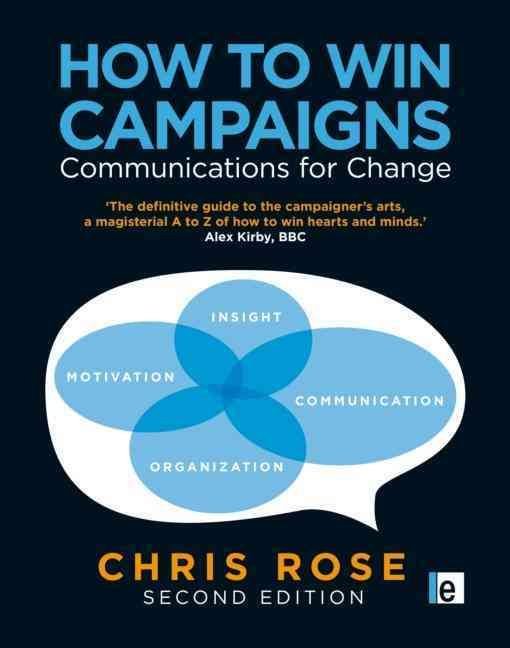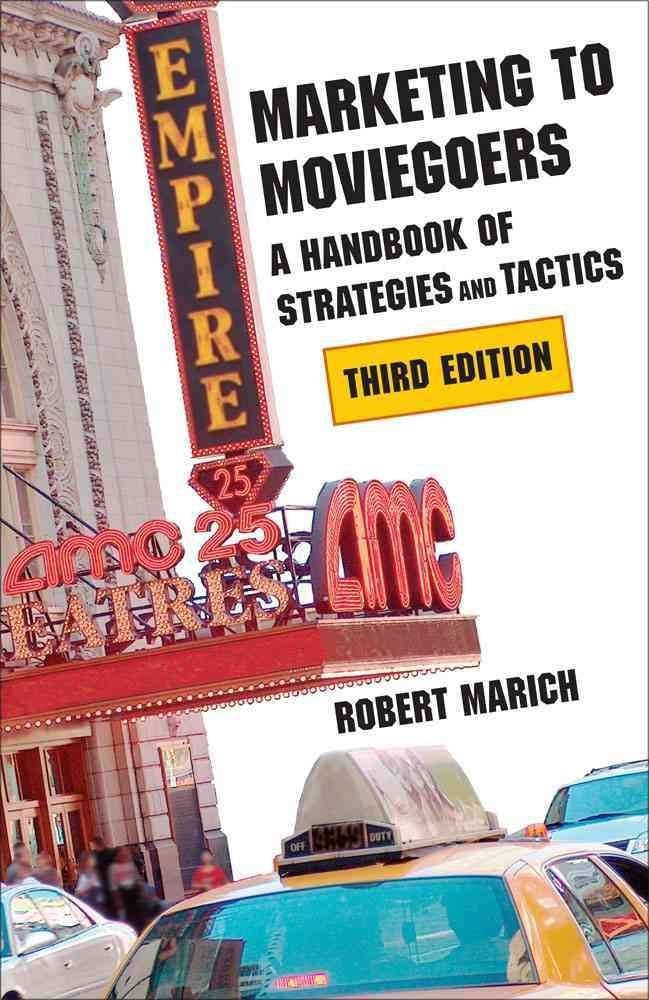Documents usually have a content and a structure. The content refers to the text of the document, whereas the structure refers to how a document is logically organized. An increasingly common way to encode the structure is through the use of a mark-up language. Nowadays, the most widely used mark-up language for representing structure is the eXtensible Mark-up Language (XML). XML can be used to provide a focused access to documents, i.e. returning XML elements, such as sections and paragraphs, instead of whole documents in response to a query. Such focused strategies are of particular benefit for information repositories containing long documents, or documents covering a wide variety of topics, where users are directed to the most relevant content within a document. The increased adoption of XML to represent a document structure requires the development of tools to effectively access documents marked-up in XML. This book provides a detailed description of query languages, indexing strategies, ranking algorithms, presentation scenarios developed to access XML documents. Major advances in XML retrieval were seen from 2002 as a result of INEX, the Initiative for Evaluation of XML Retrieval. INEX, also described in this book, provided test sets for evaluating XML retrieval effectiveness. Many of the developments and results described in this book were investigated within INEX. Table of Contents: Introduction / Basic XML Concepts / Historical Perspectives / Query Languages / Indexing Strategies / Ranking Strategies / Presentation Strategies / Evaluating XML Retrieval Effectiveness / Conclusions












